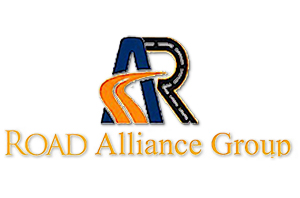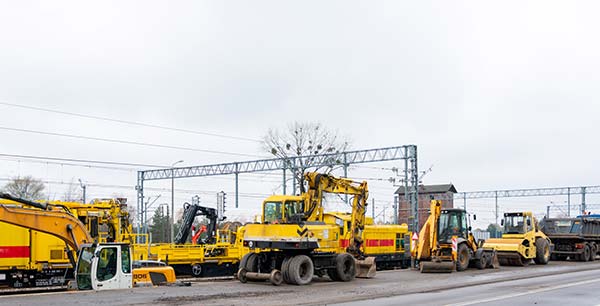Our company, having long-term experience in earth-moving engineering and consulting services started in 1985 as the company ESCMP LTD in Russia. Its area of expertise was the construction equipment designing, it’s testing, and implementation, engineering, and technology assistance during the construction of automotive roads and highways, railway roads, water dams, hydraulic-electro power plants, boring technologies, tunneling machines, and technologies, etc. In 1995 new company prolonged the same activity in the USA and from 2007 we proceeded with the problems of soil stabilization issues jointly with manufacturers and distributing companies.
Road Alliance works with ideas of stabilization initially started from 30 years of XX century, but now we are in a stage of new methods and materials developing and it’s wide practical usage. New approaches with materials based on the molecular transition technologies and our technologies of soil monitoring and local soil sources optimal laying together should dramatically change our day-by-day experience in civil, transportation, and energy construction running and financing.


